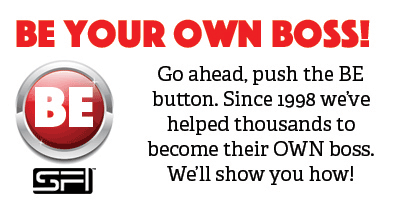 |
Image Credit: gstatic.com
|
While cellphone use is ubiquitous, and there’s no
turning back now, there are strategies you can use to protect yourself from RF
radiation emitted from these devices. Remember, your cellphone, portable phone,
Wi-Fi router and modem are the primary devices in your home emitting microwave
radiation consistently.
To protect yourself and your family, get in the
habit of using these strategies regularly. Cell damage builds over time. It may
feel safe to use your devices as you always have since you don’t experience the
health effects immediately, but it definitely is not.
• Keep the phone away from your head
Consider moving your cellphone away from your head
when it’s turned on or the Wi-Fi, data or Bluetooth are enabled. You may do
this by using a selfie-stick, speaking on the speaker phone or using a headset.
Short conversations and texting more than talking also reduce your exposure.
• Increase your distance from
RF-emitting devices
The closer the device, the more radiation you
absorb. Find a way to transport your phone other than you pants pocket or bra,
and avoid keeping your phone and tablets in your bedroom while you’re sleeping.
• Turn off your Wi-Fi routers
When they aren’t in use, such as at night, turn your Wi-Fi, modem and cellphone off. Many routers can be linked with an inexpensive
remote, making the process simple and easy.
• Spices may reduce damage
Researchers have discovered certain spices may help
prevent or repair damage from peroxynitrites. Spices rich in
phenolics, specifically cloves, rosemary, turmeric, cinnamon and ginger root
exhibited some protective capacity against peroxynitrite-induced damage.
However, while this is good news, it is not a reason
to ignore strategies that reduce your exposure to electromagnetic radiation,
since your home is not the only place you are at risk. Any public venue that
hosts Wi-Fi or has a cellular tower nearby increases your exposure to microwave
radiation.
Some of the most important steps I cannot report on
yet as I am in the process of evaluating shielding EMF remediation strategies,
such as Faraday canopies for beds and EMF-shielding paint. Once I complete my
analysis I will report on it. One thing I am certain of, though, is that the
hundreds, or more likely thousands, of devices that you can attach to your
phone do nothing to reduce this radiation exposure. They fail miserably in
blocking this energy.
They may have some biological benefit in mediating
the way this energy interacts with your body, but I would not delude myself
into believing this is sufficient and fail to adopt the proactive protective
measures described above.
Article Source: http://articles.mercola.com




